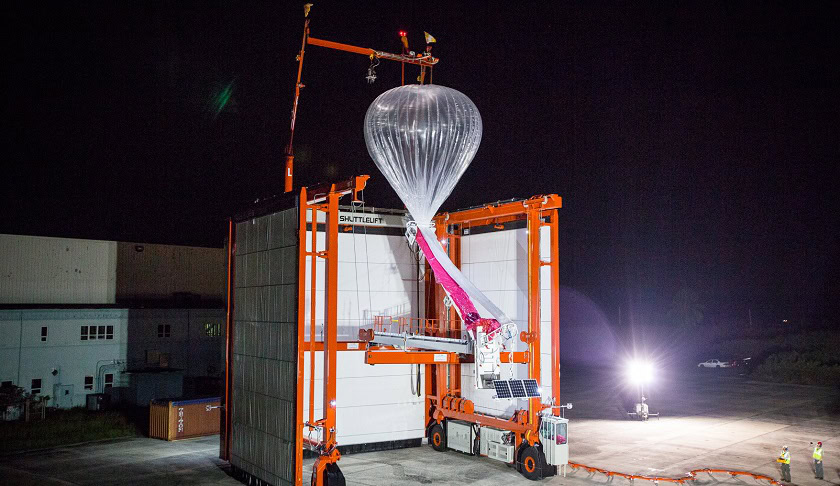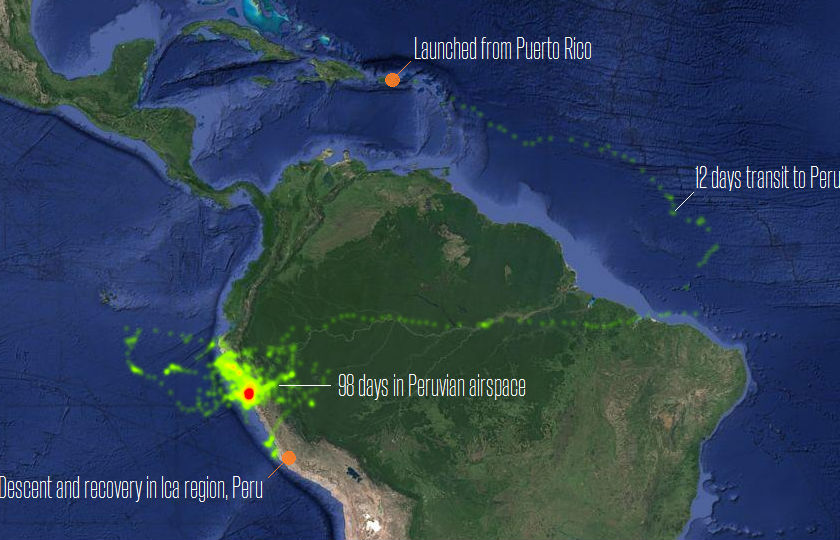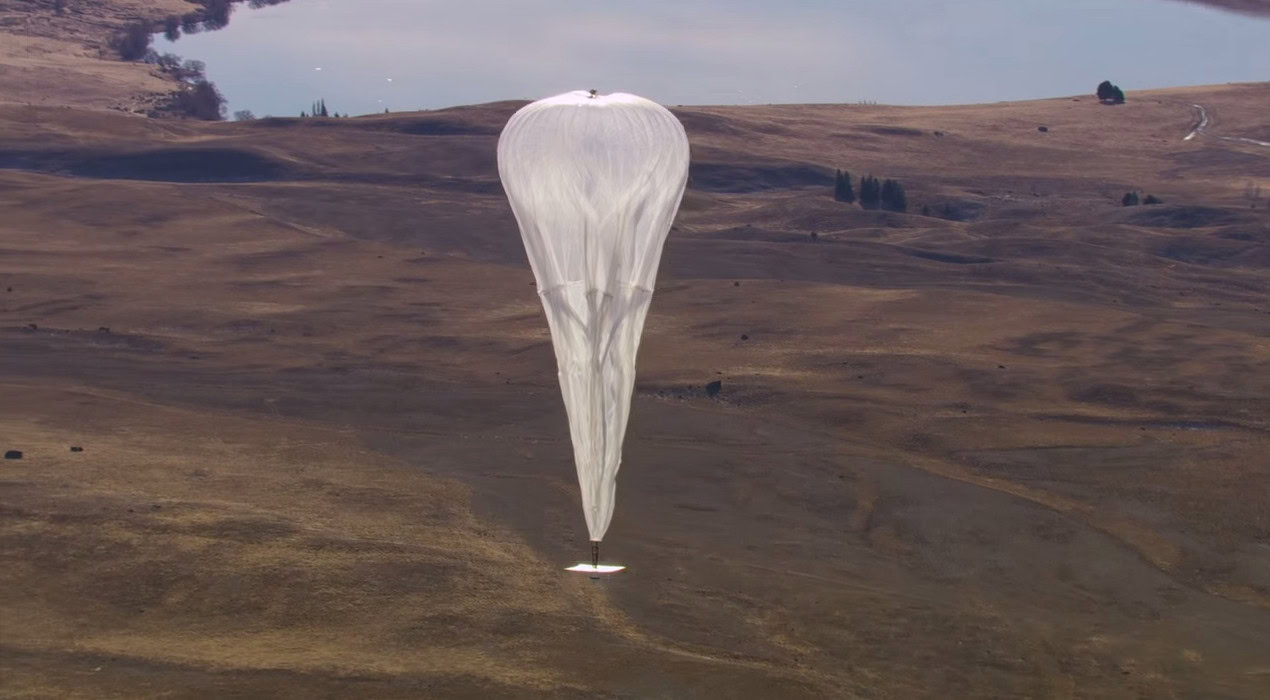Affiliate links on Android Authority may earn us a commission. Learn more.
Artificial intelligence takes to the skies with Project Loon

Google’s rather wacky sounding Project Loon continues to evolve, and has recently received a tune up to its navigation technology. The X Lab team behind the project has revealed that it is making use of artificial intelligence technology, or machine learning to be more specific, to help keep the balloons in the air for longer.
Originally, Project Loon has been using basic pre-crafted algorithms to help change the altitude of the balloons and keep them in roughly the same position. While this worked fairly well under static conditions, the balloons couldn’t cope very well with unexpected weather conditions. These algorithms have since been replaced with artificial intelligence-like algorithms that are able to adapt to wind and other weather conditions that threaten to blown the balloons off course. Project Loon’s navigation system does not use deep neural networks though, instead it uses a simpler form of machine learning called Gaussian processes.

The algorithms comb through huge amounts of previous data and learn from it to make future predictions and adjust behaviour, in what is basically an ongoing feedback loop. However, using past data is no guarantee that the future will pan out in the same way. So, the team have also implemented something called “reinforcement learning”, whereby Project Loon software alters and corrects its behaviour even after making predictions.
As an example, a balloon headed out to catch winds over the Pacific Ocean before changing plans after determining that there wouldn’t be enough wind for it to stay over land. OK, this isn’t AI in the usual sci-fi human-brain simulation meaning of the of the term, but these self updating algorithms account for a lot of machine learning innovations right now.

The new AI-based upgrade is designed to keep the balloons up in the air longer and therefore leaving them able to providing internet access to users below more consistently. Using the new technology, one test balloon stayed in the Peruvian stratosphere for 98 days and made just under 20,000 tweaks to its flight plan over those 14 weeks, which works out to dozens of adjustments each day. This of all sounds pretty great for those that may soon rely on Project Loon for their internet access.